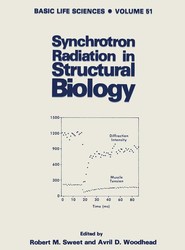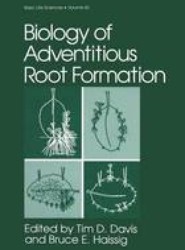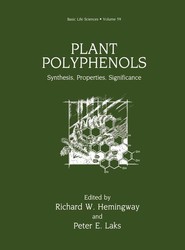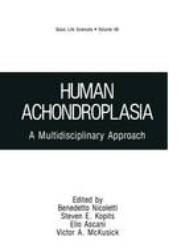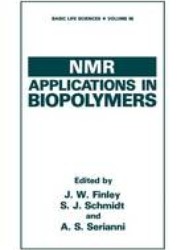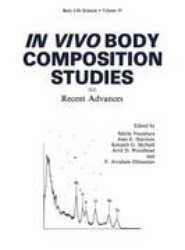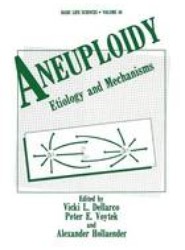(To see other currencies, click on price)
MORE ABOUT THIS BOOK
Main description:
For the past thirteen years, symposia have been held either in South America or in Mexico on subjects of special interest to Latin American scientists. When the opportunity of holding the 14th International Biological Symposium in Guate mala was offered, it was most welcome, especially as the occasion was the celebration of the 25th Anniversary of the Institute of Nutrition of Central America and Panama (INCAP). With the encouragement of members of the Ford Foundation staff and the National Academy of Sciences, the idea for a symposium on the broad approach to the problem of nutrition was developed by Dr. Moises Behar, the second director of INCAP, 1961-1974, Dr. Nevin Scrimshaw, fIrst director of INCAP, 1949-1961, and members of the INCAP staff. Because the availability of food has become a serious international problem, a discussion of the underlying problems was most timely. INCAP, one of the pioneer and leading institutions in the area of nutrition, has a profound influence on nutrition in Latin America. The meeting was attended by about 300 scientists from more than 20 countries. Because this was the fIrst symposium in this series to be held in Central America, it provided an opportunity to get acquainted with scientists from many of the Central American republics. It was especially rewarding that so many students from the Central American universities attended this meeting.
Contents:
I. Food and Nutrition Problems.- 1. Man, Food, and Environmental Interrelationships.- 2. Definition of the Nutrition Problem-Poverty and Malnutrition in Mother and Child.- 3. Microenvironmental Factors in Severe Protein-Calorie Malnutrition.- 4. Perspectives and Priorities in Food and Nutrition Planning.- 5. The Environment of the Malnourished Child.- Comments.- 6. The Nutritional Status of Latin American Adults.- 7. Nutritional Problems in the Labor Force and Their Relation to Economic Development.- 8. Definition of the Nutrition Problem in the Labor Force.- 9. Nutrition and Development: The Dynamics of Commitment.- Comments.- II. Technological and Ecological Problems Limiting the Production of Food.- 10. Technological and Ecological Limitations to Production of Food Crops.- Comment.- 11. Technological and Ecological Problems Limiting Production of Foods of Animal Origin.- Comments.- 12. Aquatic Protein in Latin America.- 13. Technological and Ecological Problems Limiting the Production of Freshwater and Marine Fishes in Latin America.- 14. Food and Cash Crop Competition.- 15. Energy and Food.- 16. Energy and Food: A Comment.- 17. Balancing the Benefits and Risks of the Application of Science to Agriculture and Food Production.- Comment.- III. Problems in the Postharvest Conservation, Processing, and Distribution of Food.- 18. Postharvest Losses-Impact of Their Prevention on Food Supplies, Nutrition, and Development.- 19. Control of Postharvest Losses Caused by Fungi in Food and Feed Grains.- 20. Food Processing Problems and Potential.- Comments.- IV. Social and Economic Problems Limiting Food Supplies and Consumption.- 21. Food Distribution-Limitations on Supplies and Consumption.- Comments.- 22. Population Trends and Policies in Latin America.- Comments.- 23. Cultural Interaction and Child Nutrition (Toward a Curvilinear Compromise?).- Comments.- 24. Food Attitudes to Actualize Community Nutrition Education.- V. What Can Be Done to Break the Vicious Circle?.- 25. Prospects for Agricultural Production in Latin America.- 26. Prospects for Improving the Production of Cereals.- Comment.- 27. Improving the Production and Nutritional Quality of Food Legumes.- Comment.- 28. Improving the Production of Legumes and Oilseeds.- Comment.- 29. The Potential Impact of Research on Vegetable Production.- 30. Poultry and Swine Production in Latin America-Prospects for Expansion.- Comments.- 31. Ruminant Production in Increasing Animal Foods in Latin America.- Comments.- 32. The Role of Ruminants in Tropical America.- 33. Increasing the Production of Ruminants in Tropical America.- 34. Fisheries Prospects for the Future-Freshwater and Marine.- 35. Improving Patterns of Consumption.- Comment.- 36. Fortification of Foods with Nutrients.- Comments.- VI. Application of Science and Technology to Long-Range Solutions.- 37. Application of Science and Technology to Long-Range Solutions: Multiple Cropping Potentials.- Comment.- 38. Genetics of Food Crop Improvement.- Comment.- 39. Genetic Improvement of Cereal Proteins.- 40. Production and Use of Protein Concentrates.- Comment.- Index of Countries and Geographical Areas.
PRODUCT DETAILS
Publisher: Springer (Springer-Verlag New York Inc.)
Publication date: November, 2012
Pages: None
Weight: 765g
Availability: Available
Subcategories: Biochemistry
From the same series


